Reptiles have become increasingly popular pets over the past decade, with their unique behaviors and relatively low-maintenance care requirements appealing to many animal enthusiasts. However, proper nutrition remains one of the most crucial and often misunderstood aspects of reptile care. Unlike mammals that typically require daily feeding, reptiles have diverse nutritional needs and feeding frequencies that vary dramatically between species. Their metabolic rates, natural habitats, and evolutionary adaptations all influence how often and what they should eat. This comprehensive guide explores the optimal feeding schedules for various pet reptiles, providing you with the knowledge to ensure your cold-blooded companion thrives under your care. Understanding these specific requirements is essential, as improper feeding can lead to serious health issues including obesity, metabolic bone disease, and a shortened lifespan.
Understanding Reptile Metabolism

Reptiles are ectothermic animals, meaning they rely on external heat sources to regulate their body temperature, which directly affects their metabolism and digestion rates. Unlike mammals and birds that maintain constant internal temperatures, reptiles’ digestive processes slow down in cooler environments and accelerate in warmer conditions. This fundamental difference explains why feeding schedules cannot follow a one-size-fits-all approach across reptile species. For instance, a bearded dragon kept at optimal temperature ranges (95–105°F basking spot) will digest food much faster than one kept in a cooler environment. Additionally, younger reptiles typically have faster metabolisms than adults, requiring more frequent feeding to support their rapid growth. Understanding these metabolic principles provides the foundation for establishing appropriate feeding routines for your particular reptilian pet.
Bearded Dragon Feeding Schedule

Bearded dragons require age-appropriate feeding schedules that change significantly as they mature. Baby bearded dragons (0–3 months) should be fed insects 3–5 times daily, with fresh vegetables offered daily to establish healthy eating habits early. Juvenile dragons (3–12 months) transition to insect feedings twice daily while continuing to receive daily vegetable offerings. Adult bearded dragons (12+ months) require a complete reversal of their juvenile diet, with vegetables comprising 80% of their intake and insects reduced to 2–3 times weekly. This gradual shift from protein-heavy to plant-based nutrition mirrors their natural dietary evolution in the wild. Proper scheduling prevents obesity in adults, which is a common issue when owners continue juvenile feeding patterns for too long. Seasonal variations may also occur, with many bearded dragons naturally eating less during winter months, even in captivity.
Leopard Gecko Meal Timing
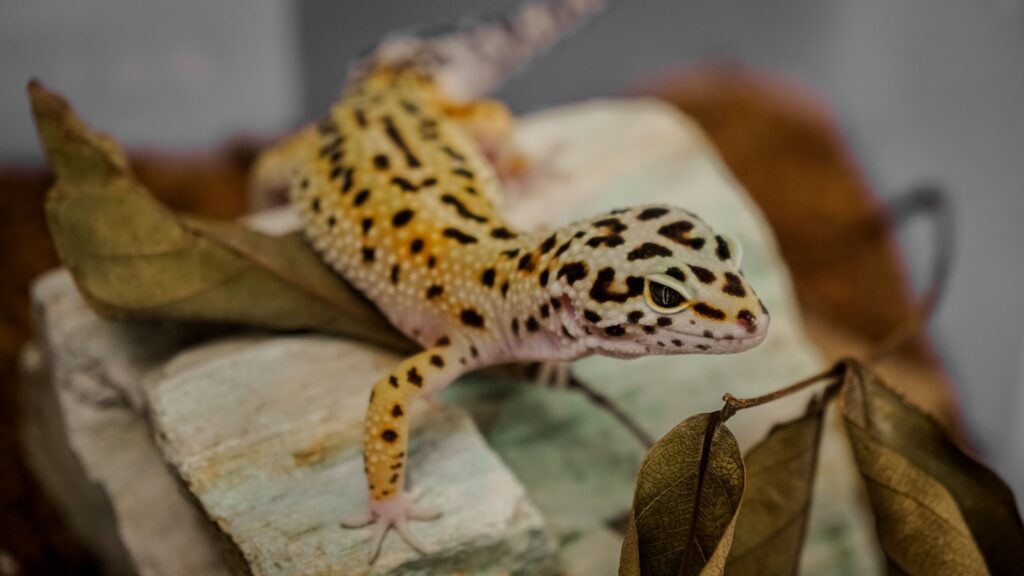
Leopard geckos are insectivores with feeding requirements that vary based on age and reproductive status. Hatchlings and juveniles under six months should be fed daily with 5–7 appropriately sized crickets or mealworms, dusted with calcium and vitamin supplements. Young adult leopard geckos (6–12 months) typically thrive on feeding schedules of every other day, receiving 6–8 insects per feeding session. Mature adults over one year old generally maintain optimal health when fed every 2–3 days with 8–10 insects per meal, though individual metabolism and activity levels may necessitate adjustments. Female leopard geckos during breeding season require increased feeding frequency and calcium supplementation to support egg production, sometimes returning to a daily feeding schedule temporarily. Unlike many reptiles, leopard geckos should be fed in the evening hours to align with their naturally crepuscular (active at dawn and dusk) tendencies, when their hunting instincts are most pronounced.
Ball Python Feeding Frequency

Ball pythons are obligate carnivores with feeding schedules that differ dramatically from many other reptile species, focusing on infrequent but substantial meals. Juvenile ball pythons (under one year) generally require feeding every 5–7 days, with prey items sized approximately 10–15% of the snake’s body weight. Sub-adult ball pythons (1–2 years) typically transition to feeding every 7–10 days as their growth rate begins to slow. Adult ball pythons maintain healthy weight and digestion when fed appropriately sized rodents every 10–14 days, though some larger females may require slightly larger or more frequent meals. These pythons commonly refuse food during seasonal breeding periods or when preparing to shed, which is normal behavior that shouldn’t cause concern unless fasting extends beyond 2–3 months and is accompanied by weight loss. Ball pythons benefit from a consistent feeding routine rather than strictly scheduled days, as feeding after sunset in a quiet environment with minimal disturbance best mimics their natural hunting conditions.
Crested Gecko Diet Management

Crested geckos thrive on a feeding schedule centered around commercially available powdered diets supplemented with occasional live insects. Adult crested geckos should have their prepared fruit mixture (commercial powder mixed with water) replaced every other day, with the food dish being removed after 24 hours to prevent spoilage and bacterial growth. Live insect supplementation should occur 1–2 times weekly, with 2–3 appropriately sized crickets or dubia roaches per feeding, dusted with calcium and vitamin supplements. Juvenile crested geckos benefit from slightly more frequent feeding, with fresh fruit mixture provided every day and insect supplementation 2–3 times weekly to support their rapid growth phase. Unlike many reptiles, crested geckos are primarily nocturnal, so feeding in the evening hours aligns with their natural activity cycle, increasing the likelihood of immediate consumption. Water dishes should always be available, though crested geckos often prefer to drink water droplets from their enclosure surfaces, mimicking the way they would drink dew in their natural habitat.
Box Turtle Feeding Requirements
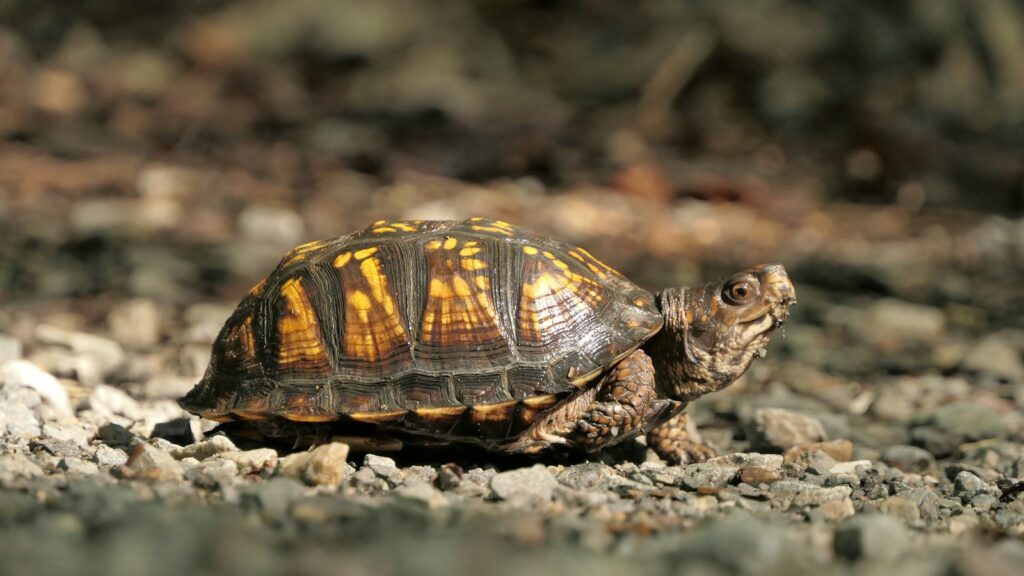
Box turtles require a diverse omnivorous diet with a feeding schedule that balances proper nutrition with preventing obesity. Adult box turtles thrive when fed 4–5 times weekly, with a varied diet consisting of approximately 50% animal protein (earthworms, crickets, mealworms), 40% fresh vegetables, and 10% fruits. Juvenile box turtles have higher protein requirements and faster metabolisms, necessitating daily feeding with a higher proportion of animal protein (approximately 60%) to support healthy shell and bone development. Seasonal adjustments are crucial for box turtles, as their appetites and metabolism naturally decrease during cooler months, sometimes requiring feeding reduction to 2–3 times weekly during winter, even for indoor turtles that sense seasonal changes. All food items should be dusted with a calcium supplement 2–3 times weekly and a multivitamin once weekly to prevent metabolic bone disease, which is particularly common in captive box turtles on inadequate feeding schedules.
Water Dragon Nutritional Timing
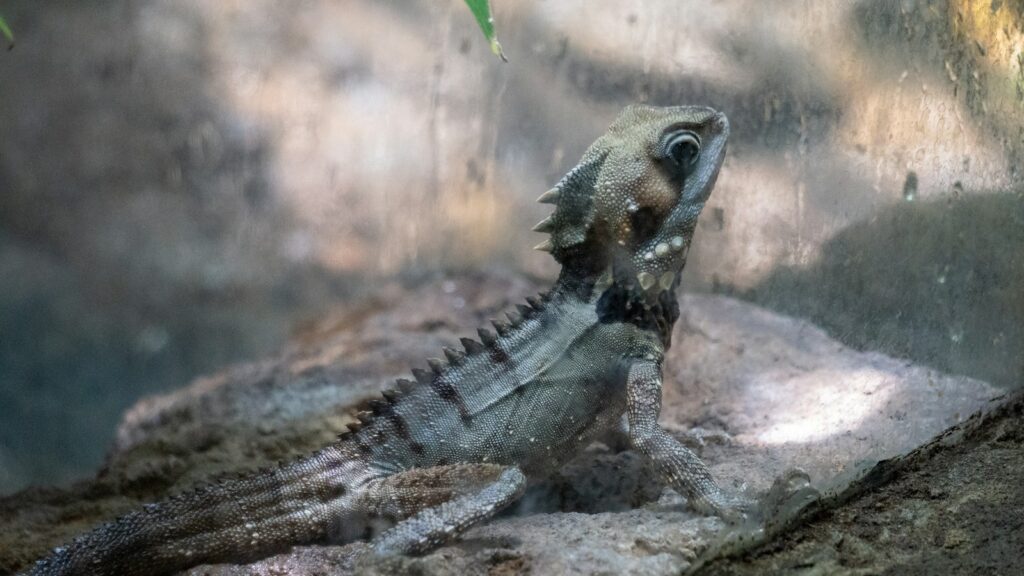
Chinese and Australian water dragons require carefully planned feeding schedules that account for their high energy needs and omnivorous diets. Juvenile water dragons (under one year) should be fed daily with a diet consisting primarily of insects (crickets, dubia roaches, phoenix worms), supplemented with chopped vegetables and occasional fruit pieces, all appropriately dusted with calcium and vitamin supplements. Sub-adult water dragons (1–2 years) transition to feeding every other day while gradually increasing plant matter to approximately 30% of their diet. Mature adult water dragons maintain optimal health when fed protein-rich insects 3–4 times weekly with daily fresh vegetable offerings, creating a diet that’s approximately 40–50% plant-based. Their active nature and relatively high metabolism compared to many other reptiles means they require more frequent feeding than more sedentary species, with obesity being less common than in bearded dragons or leopard geckos. Water dragons benefit from feeding enrichment through various presentation methods, including offering live insects that can be hunted, floating vegetable pieces in their water features, and occasionally hand-feeding to strengthen the human-reptile bond.
Corn Snake Feeding Intervals
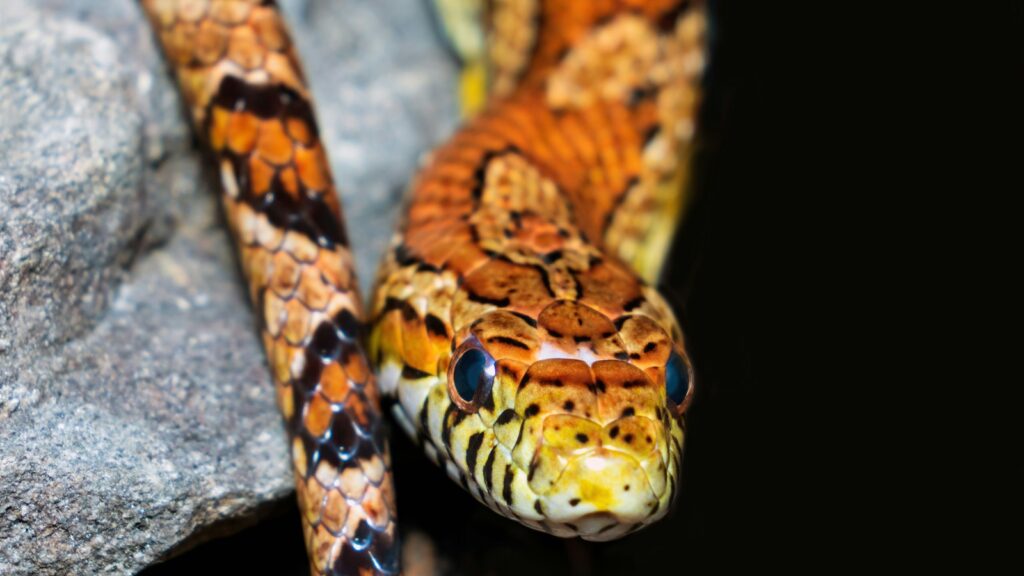
Corn snakes require a straightforward feeding schedule that changes with age, consisting exclusively of whole prey items. Hatchling corn snakes (0–3 months) should be fed appropriately sized pinky mice every 5–7 days, with prey size approximately equal to the widest part of the snake’s body. Juvenile corn snakes (3–12 months) graduate to feeding every 7 days, transitioning from pinky mice to fuzzies and eventually hoppers as they grow. Adult corn snakes (12+ months) maintain optimal body condition when fed appropriately sized adult mice every 7–10 days, though some larger specimens may require small rats instead. Unlike some larger snake species, corn snakes rarely require feeding schedule adjustments during breeding season, maintaining consistent appetites year-round except during shedding periods, when they typically refuse food. Their efficient metabolism and relatively active nature compared to species like ball pythons means they shouldn’t go longer than two weeks between feedings, even as adults, to prevent nutritional deficiencies and weight loss.
Uromastyx Specific Diet Timing
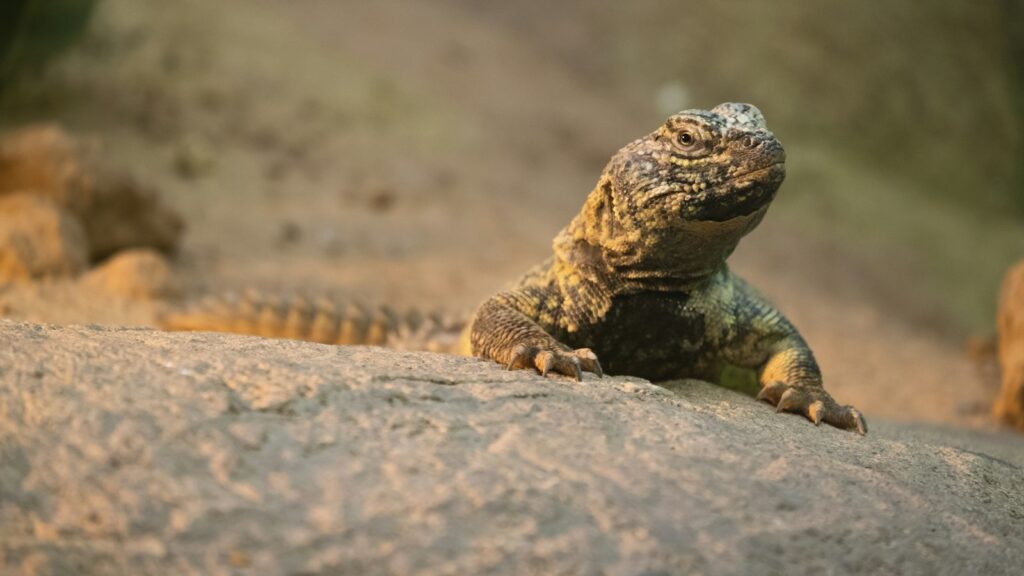
Uromastyx lizards stand apart from many reptiles by requiring an almost entirely herbivorous diet with a feeding schedule tailored to their unique digestive system. Adult uromastyx should receive fresh, chopped vegetables and approved grasses daily, with food remaining available for 4–6 hours before removal to prevent consumption of wilted or spoiled plant matter. High-calcium greens such as dandelion, mustard greens, and collard greens should form the foundation of each meal, comprising approximately 80% of the diet, with the remaining 20% consisting of squashes, bell peppers, and occasional legumes. Unlike most herbivorous reptiles, uromastyx should receive very limited fruit (no more than 5% of diet) due to their adaptation to arid environments where sugary foods are scarce. Juvenile uromastyx require the same daily feeding schedule but benefit from small protein supplements (tiny dubia roaches or crickets) once weekly until they reach approximately six months of age, supporting their more rapid growth phase. Seasonal variations should be considered, with some keepers replicating natural winter dormancy periods by gradually reducing both feeding frequency and ambient temperatures for 6–8 weeks annually, though this should only be attempted with healthy adult specimens under experienced care.
Chameleon Feeding Schedules
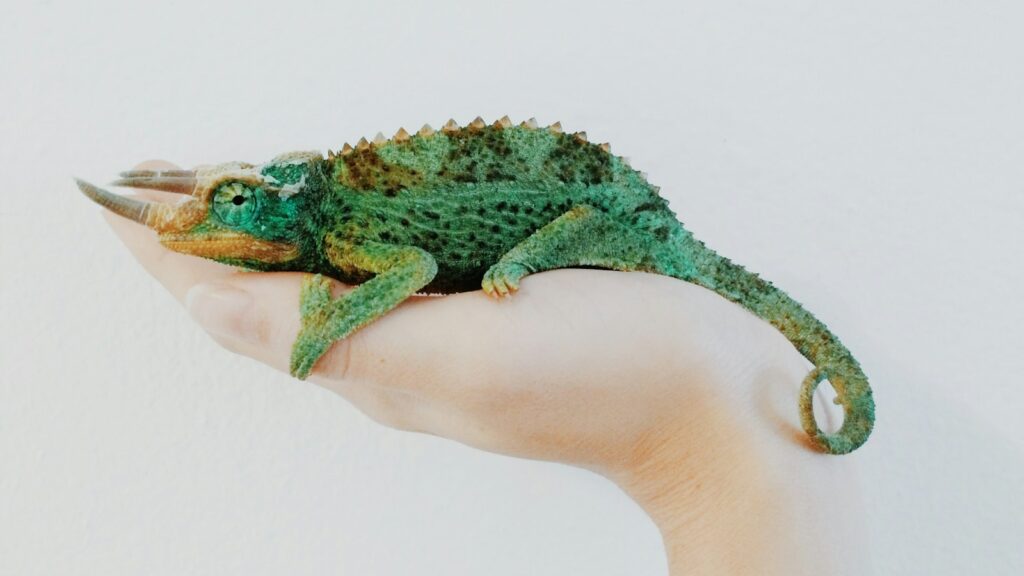
Chameleons require precise feeding schedules that account for their specialized nutritional needs and stress-sensitive nature. Juvenile chameleons (under 6 months) need daily feedings of 10–15 small crickets or other insects, gut-loaded and dusted with appropriate supplements to support their rapid growth phase. Sub-adult chameleons (6–12 months) transition to feeding every other day with 8–10 insects per feeding session, maintaining the calcium supplementation schedule of every other feeding. Adult chameleons thrive on a feeding schedule of 3–4 times weekly, receiving 5–8 appropriately sized insects per session with reduced supplementation (calcium twice weekly, multivitamins once weekly). Species variations significantly impact feeding frequency, with smaller species like Jackson’s chameleons requiring more frequent, smaller meals, while larger Veiled or Panther chameleons can manage longer intervals between larger feedings. Unlike many reptiles, chameleons should never have insects left in their enclosure after feeding time, as crawling insects increase stress levels and may bite the chameleon during rest periods, making supervised feeding sessions, with careful counting of consumed prey, essential to their care.
Tortoise Feeding Considerations
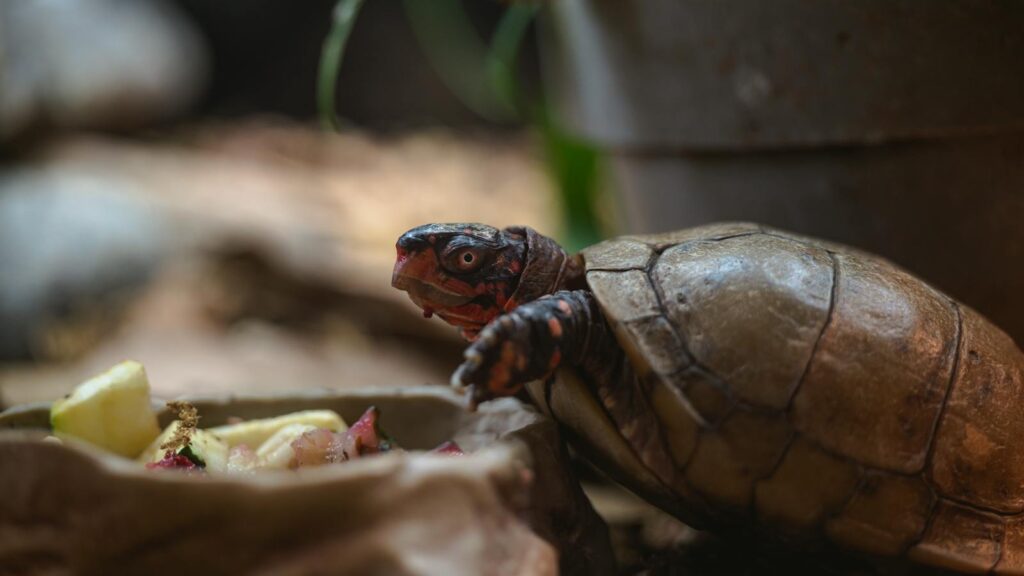
Tortoises require species-specific feeding schedules that match their natural dietary adaptations, with significant differences between grassland, forest, and desert species. Mediterranean tortoises (Greek, Hermann’s, Russian) thrive when fed high-fiber, low-protein diets consisting primarily of grasses, weeds, and hay, offered daily for juveniles and 4–5 times weekly for adults. Tropical forest tortoises (Red-foot, Yellow-foot) require more varied diets with higher fruit content (approximately 20%) and protein supplementation through earthworms or snails once weekly, with fresh vegetation offered daily for optimal digestive health. Sulcata and Leopard tortoises maintain ideal health with daily access to grasses and hay, supplemented with carefully selected leafy greens 3–4 times weekly, following their natural grazing behavior patterns. Seasonal adjustments are crucial for most tortoise species, with reduced feeding frequency during winter months, particularly if they undergo brumation (reptile hibernation), sometimes requiring complete food withdrawal for 2–3 months under carefully controlled temperature reduction protocols. Regardless of species, tortoises benefit from feeding enrichment through scattered food distribution rather than bowl feeding, encouraging natural foraging behaviors that provide both physical exercise and mental stimulation.
Blue-Tongued Skink Meal Planning

Blue-tongued skinks require a balanced omnivorous diet with feeding schedules that prevent their tendency toward obesity while meeting their diverse nutritional needs. Juvenile blue-tongued skinks (under one year) should be fed every other day with a diet consisting of 50% animal protein (insects, small amounts of cooked egg, lean ground turkey), 40% vegetables, and 10% fruits, all chopped to appropriate sizes and lightly dusted with calcium supplement. Adult blue-tongued skinks maintain proper weight and health when fed 2-3 times weekly with a shifted ratio of approximately 40% protein, 50% vegetables, and 10% fruits, with portion sizes approximately equal to the volume of the skink’s head. Commercial dog or cat foods, often recommended in outdated care guides, should make up no more than 10% of the diet, if used at all, due to their inappropriate fat content and preservatives that can damage reptile liver function over time. Unlike many reptile species, blue-tongued skinks benefit from consistent meal timing rather than varied feeding days, as they quickly learn feeding routines and may display increased activity and seeking behaviors when anticipating regularly scheduled meals, contributing positively to their captive environmental enrichment.
Tracking and Adjusting Feeding Schedules

Successful reptile nutrition requires ongoing monitoring and willingness to adjust feeding schedules based on individual responses and changing conditions. Maintaining a detailed feeding journal is invaluable, recording dates, food types, quantities offered, quantities consumed, and any unusual behavior or refusals that might indicate health issues or natural feeding cycles. Regular weighing (monthly for most species) provides objective data to determine if current feeding schedules are maintaining appropriate growth in juveniles or stable healthy weight in adults, with digital gram scales being essential equipment for accurate reptile husbandry. Visual body condition assessments should complement weight tracking, looking for specific indicators like fat deposits in the limb areas of lizards, proper shell growth patterns in turtles and tortoises, or appropriate body shape without spinal prominence in snakes. Environmental factors necessitate schedule adjustments, including increasing feeding frequency during breeding seasons for females, reducing feeding during seasonal cooling periods, and temporarily increasing nutrition during recovery from illness or after egg laying. The willingness to adapt feeding schedules based on evidence rather than rigidly following general guidelines represents the difference between basic reptile maintenance and truly optimized husbandry that promotes maximum longevity and wellness.
The art of properly feeding pet reptiles combines scientific understanding with attentive observation of individual needs. While this guide provides comprehensive scheduling frameworks for various common reptile species, the most successful feeding programs ultimately incorporate flexibility and responsiveness to your particular animal’s behavior, growth patterns, and overall health indicators. Regular veterinary check-ups with reptile specialists can help confirm that your feeding schedule is achieving optimal results. By investing time in understanding and implementing appropriate species-specific feeding routines, reptile owners create the foundation for many years of companionship with these fascinating creatures. Remember that appropriate nutrition represents not just a basic care requirement but one of the most significant factors in determining your reptile’s quality of life, activity level, and longevity in captivity.

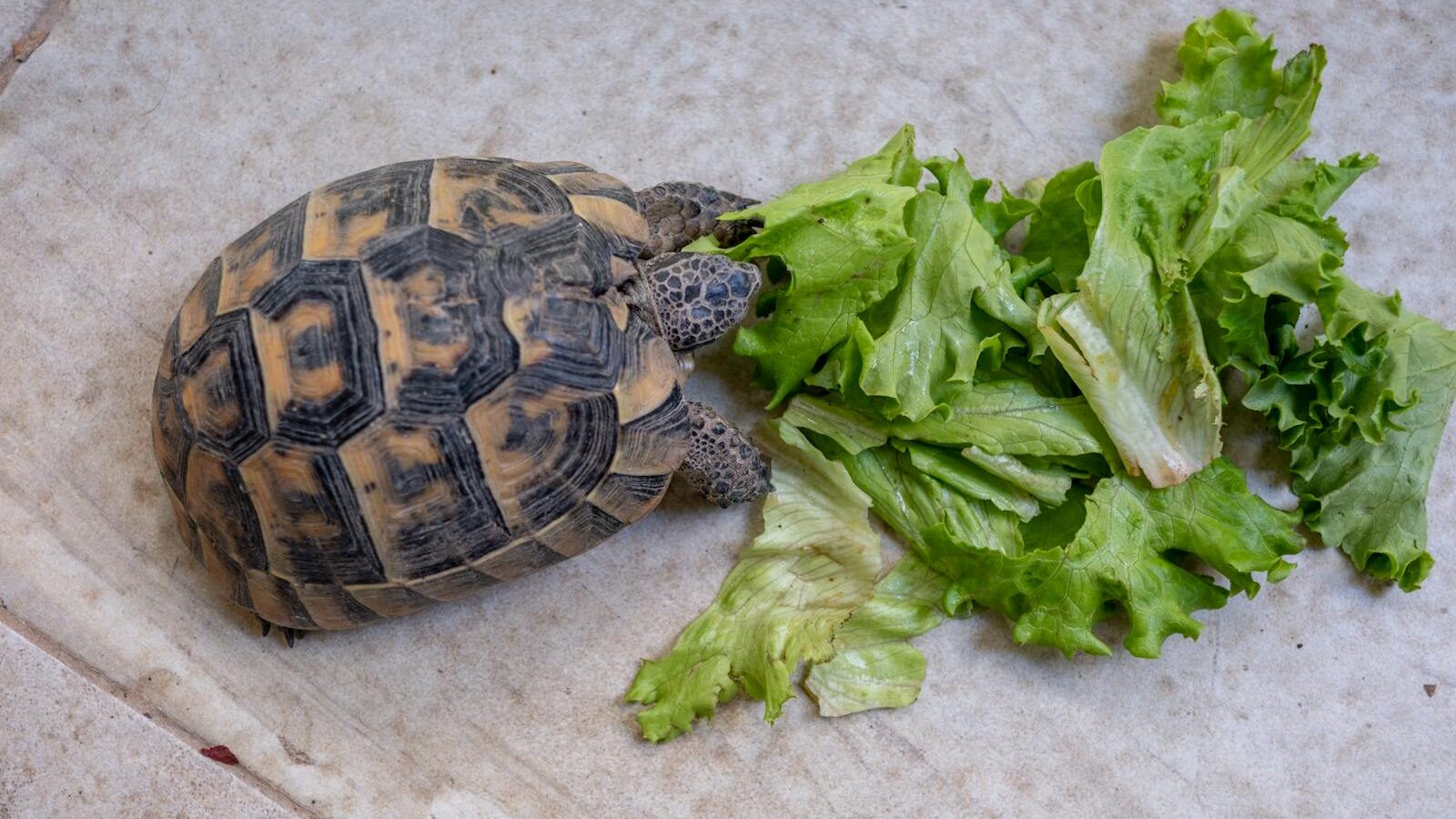







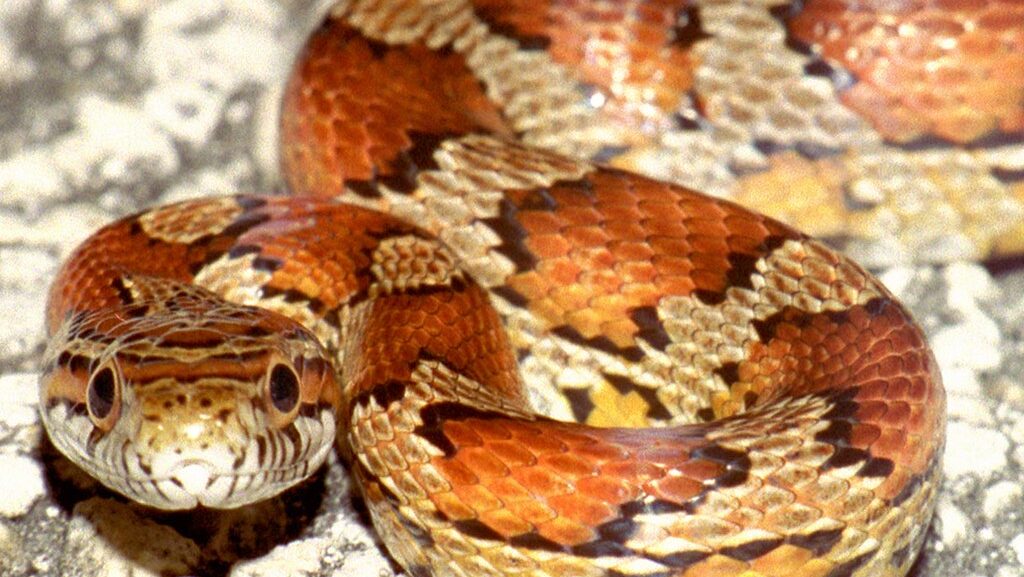
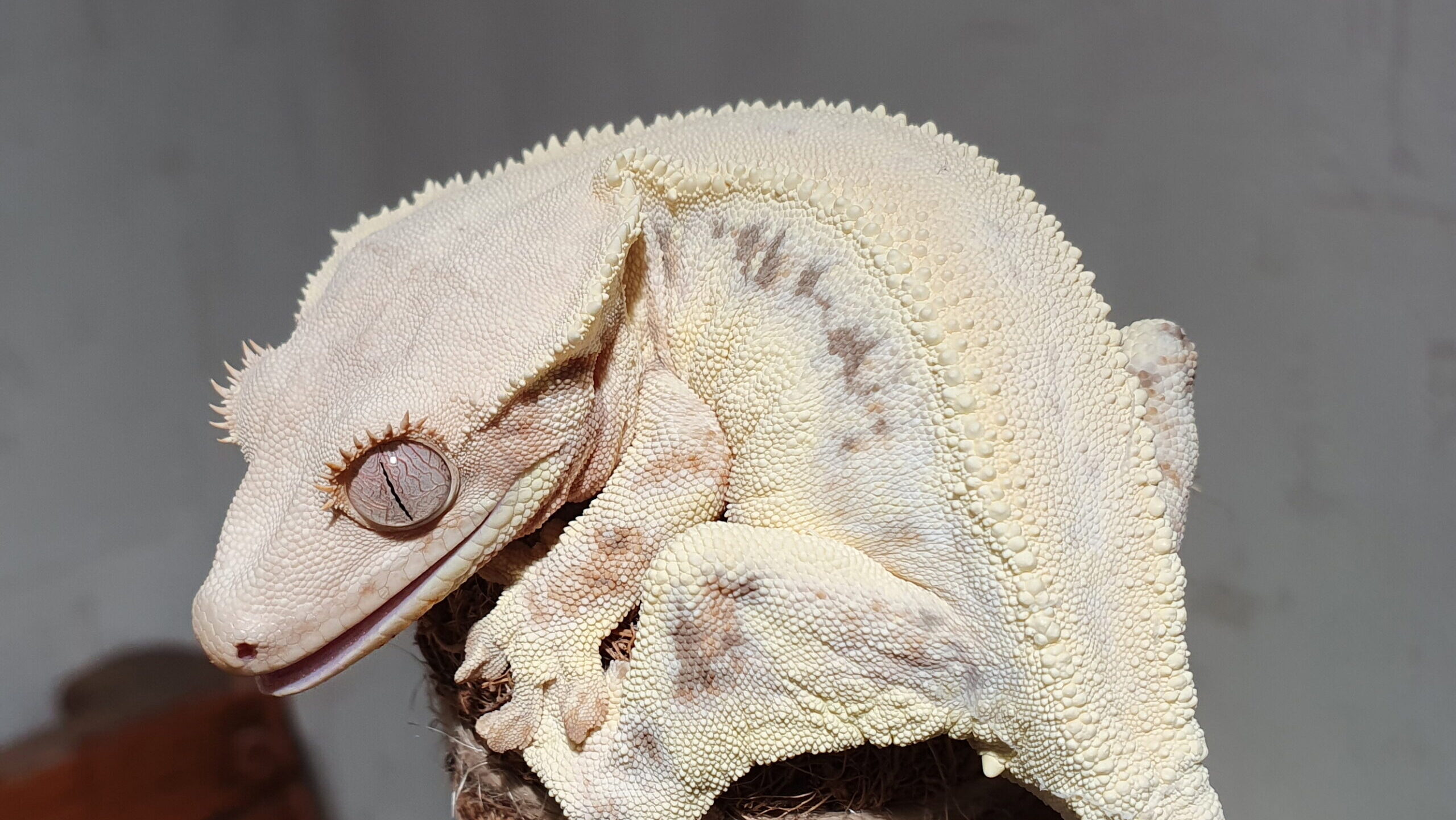





Leave a Reply